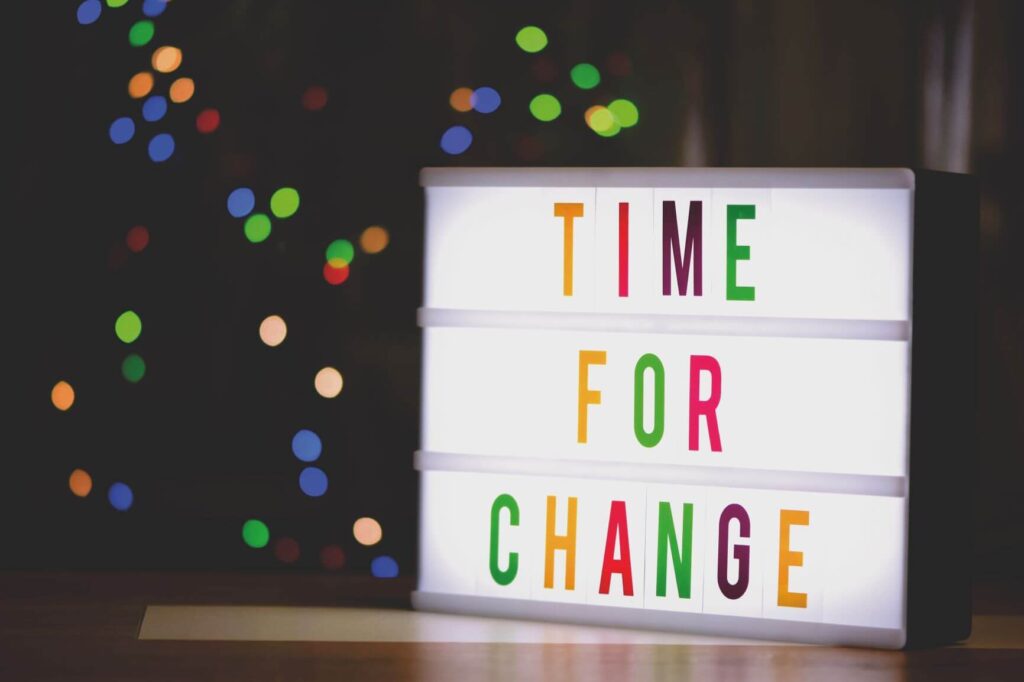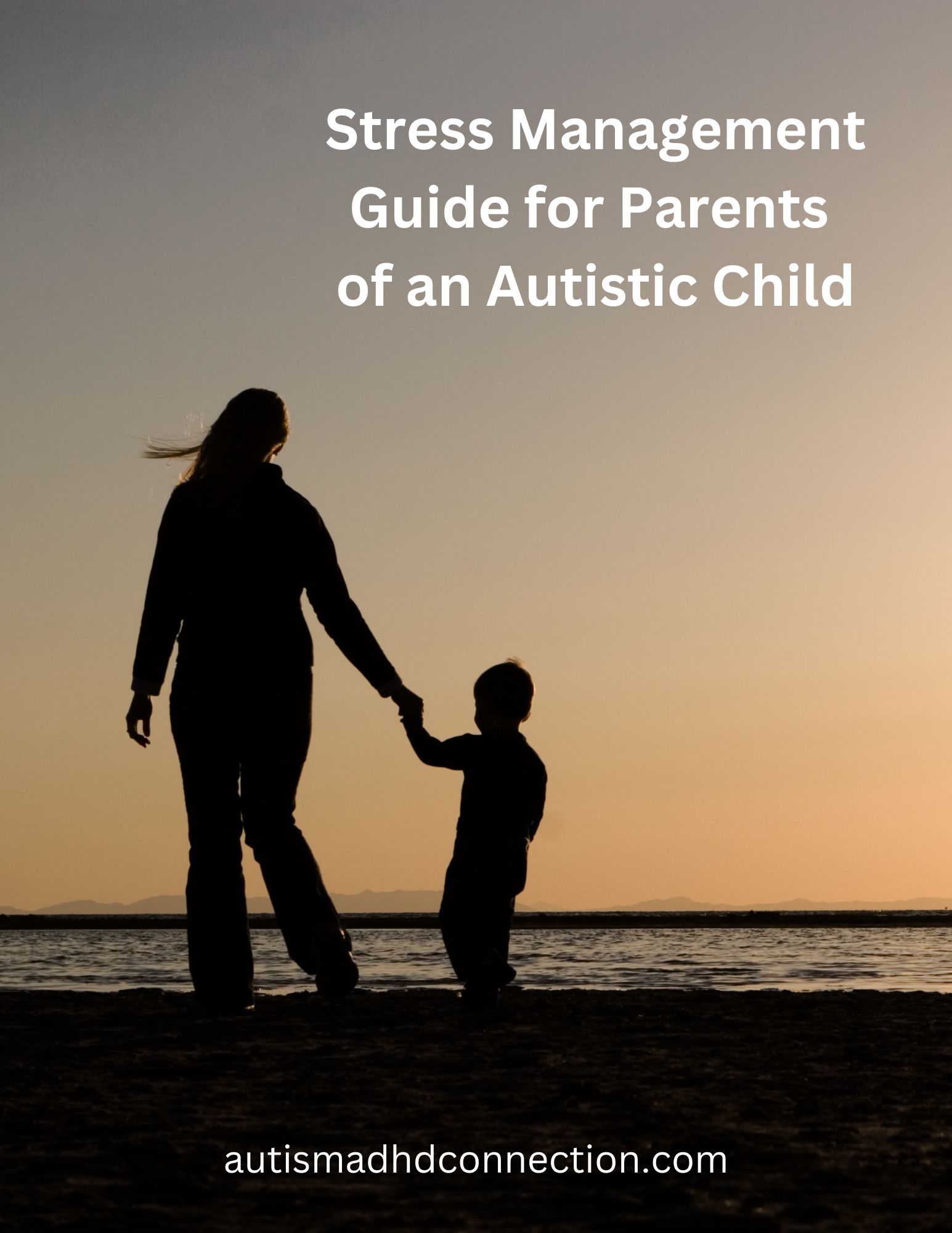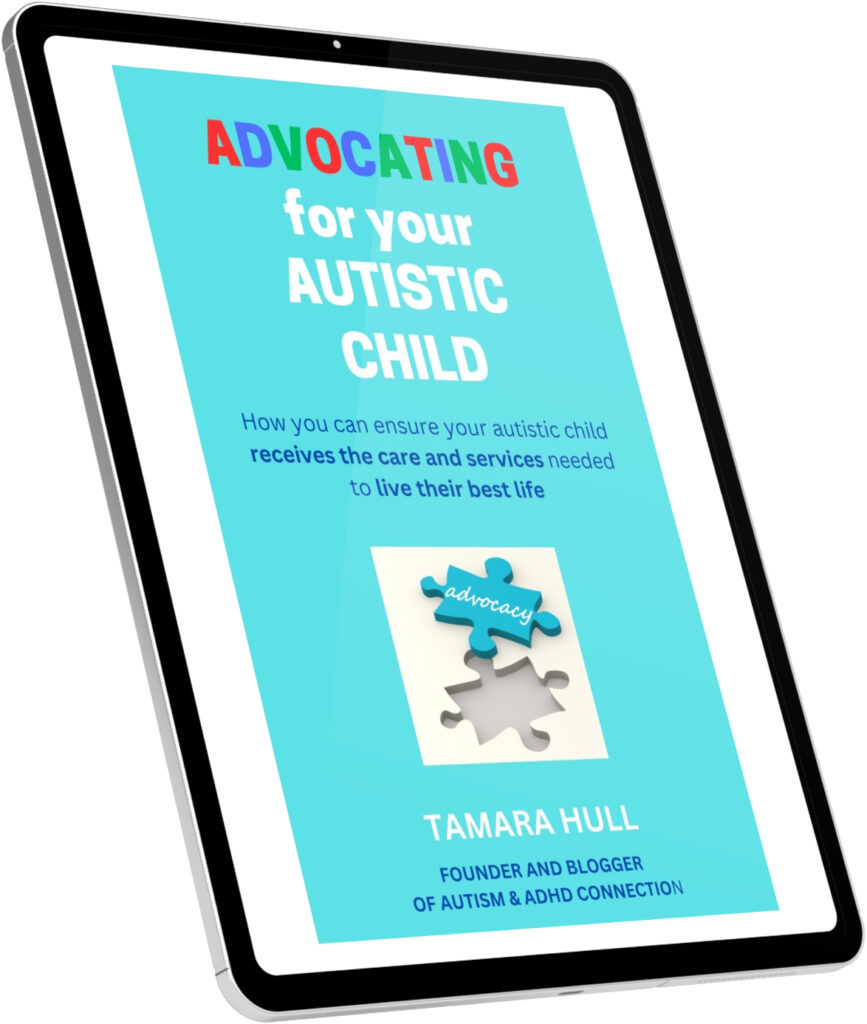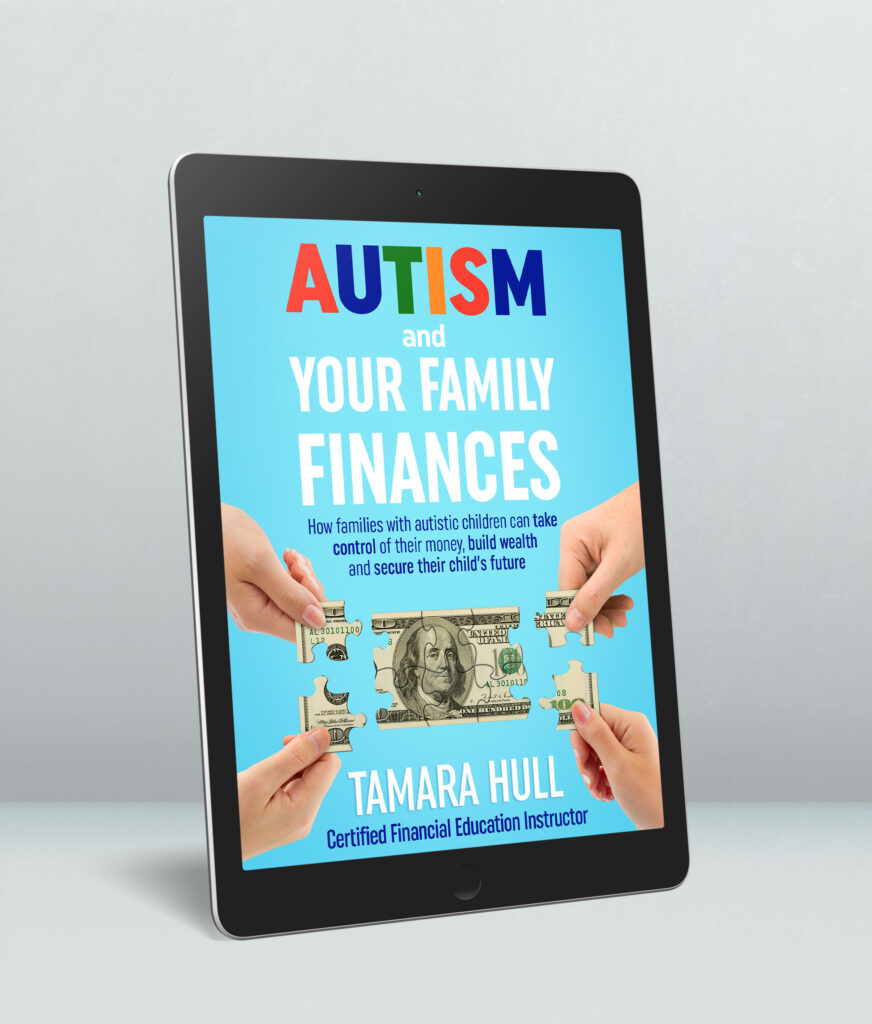People are generally creatures of routine and habit, and that is especially true for many of our kids who have autism and ADHD. You know that changing routines can be hard for our kids (and us!) to handle, especially when they are thrust into an unexpected situation such as what we are going through with COVID-19. It’s important that we help our kids through change.
This type of change can be especially stressful and increase the anxiety that we and our kids feel because we have no control over events. I know we’ve had to change a lot of our routines and the schedule in our home to accommodate me working my day job from home and our two boys doing school through remote learning.
So during this time of Covid-19 as well as when other unexpected events happen in our lives, how do we help our children handle the changes that occur? Here are five ways to help our kids through change. I’ve tried these with our son J, and he has been doing much better than expected during this time.
1. Keep as much of your normal routine as possible
Even when the unexpected happens, you can keep many routines in place. Those could include simple things like when your child goes to bed, wakes up in the morning and eats their meals.
Since J is a teenager, we have taken on more of the weekend timing for these activities. However, he does have remote school on Mondays, Wednesdays and Fridays for the rest of this school year, so we modified his school morning routine just a bit and allowed him to wake up a couple of hours later than when he would have been catching the school bus. This seems to work well for him.
Also, look at the rest of your schedule to see what else you can keep in place. For instance, I usually walk our dogs after work, so even though I’m working from home right now, I’ve kept our walk times the same. J likes to go with me often on the walks, so this has preserved some of the normal routine we had.

2. Use visual schedules to explain new routines
We used visual schedules a lot when J was younger, and they were so helpful. If you haven’t used one before or use one now for your child, it can be a valuable tool to help your child understand new activities and where they fit into the day.
A visual schedule can help you explain a new activity for your child as well as show them when the new activity will happen during the day. So if your child usually goes to an appointment at a certain time of day during the week and you are not taking them due to a stay-at-home order or other event that has caused a change in the schedule, you can show them on the visual schedule and explain that they have a new activity during that time and what it is.
3. Reward your child for adapting to the new routine
Change is hard, and sometimes we all need a little reward to keep us moving ahead. A reward could include special activities in a reward box or jar that can be provided for good behavior and willingness to participate in the new activity or routine. You may give special privileges such as extra video game time or more time to do another fun activity.
Praise your child for their good behavior and let them know you are proud of how they have adapted to the change. That can go a long way in helping them to accept the change and stay on course.
4. Find ways to keep your child calm

Change can be upsetting, especially for our kids who have autism and ADHD. If they cannot do something they want to do at their normal time, this can trigger a meltdown or an outburst. Believe me, I’ve been there so many times, and it’s really hard on your child and you.
Finding ways to keep your child calm can go a long way to avoid these situations. For instance, maybe there is a game that your child really enjoys that you could play or read a favorite book together? Or what about spending some time with special pet, going for a walk in your neighborhood or listening to music? Even just sitting outside and talking about your child’s focused interest could help them. The key is to find ways to keep your child calm when you can tell their anxiety is increasing, so you can prevent a meltdown or outburst.
5. Seek help when you need it
Sometimes we can try all of these suggestions, and our child still is having difficulty coping with the new routine and schedule. Know when it’s time for you to seek help. That could be from a trusted family member or friend who knows your child well. It could also be reaching out to one of your child’s therapists or health care providers.
For more information specific to helping your child during the COVID-19 crisis, see this article from KidsHealth.org. The Autism Research Institute also has a variety of videos, webinars and other materials to help families with a loved one who is on the spectrum deal with the changes due to the pandemic.
Our journeys with autism and ADHD are challenging and rewarding. We can do this and help our kids through change! Comment below if you have more tips on how to help your child through change!







